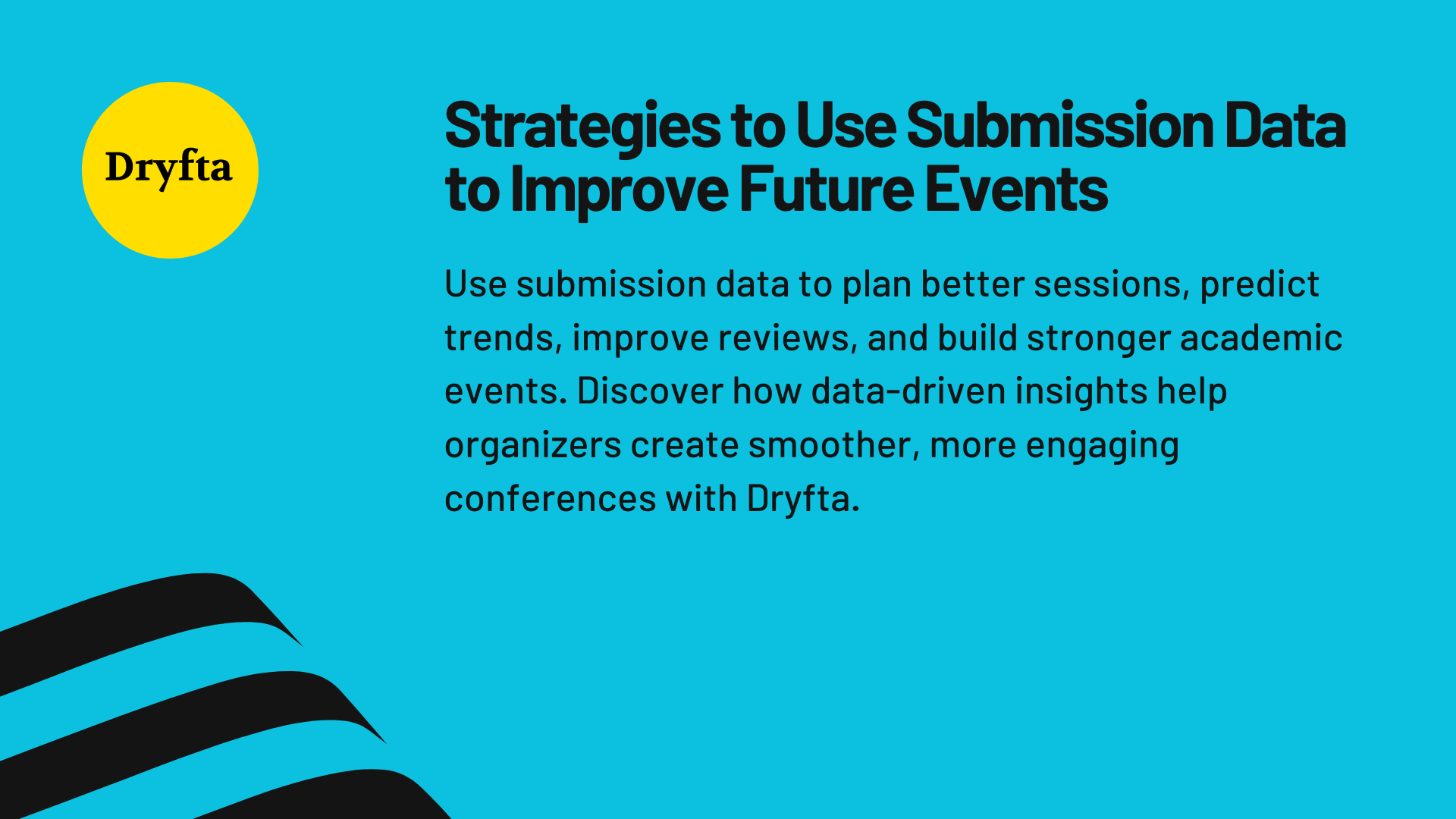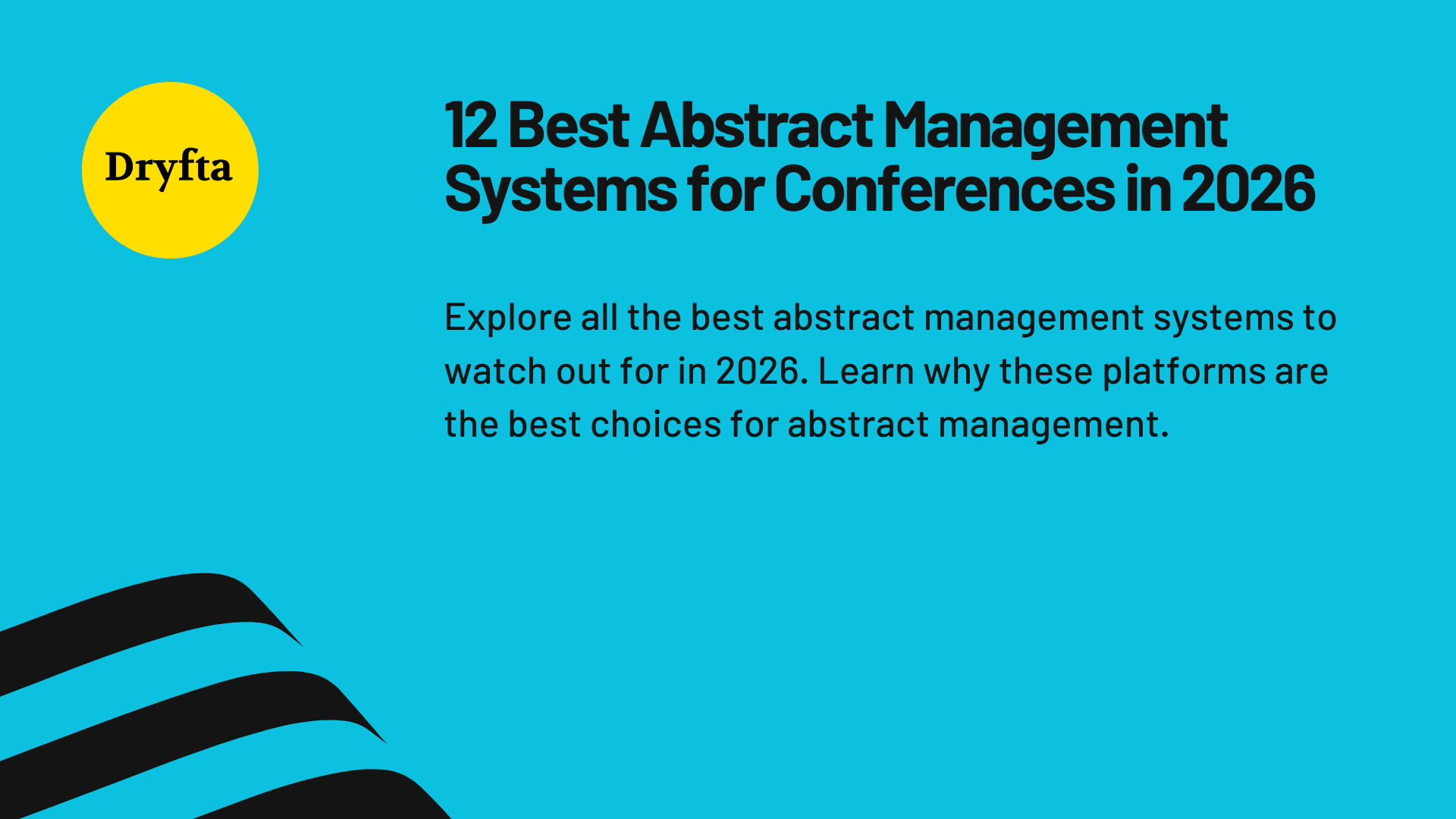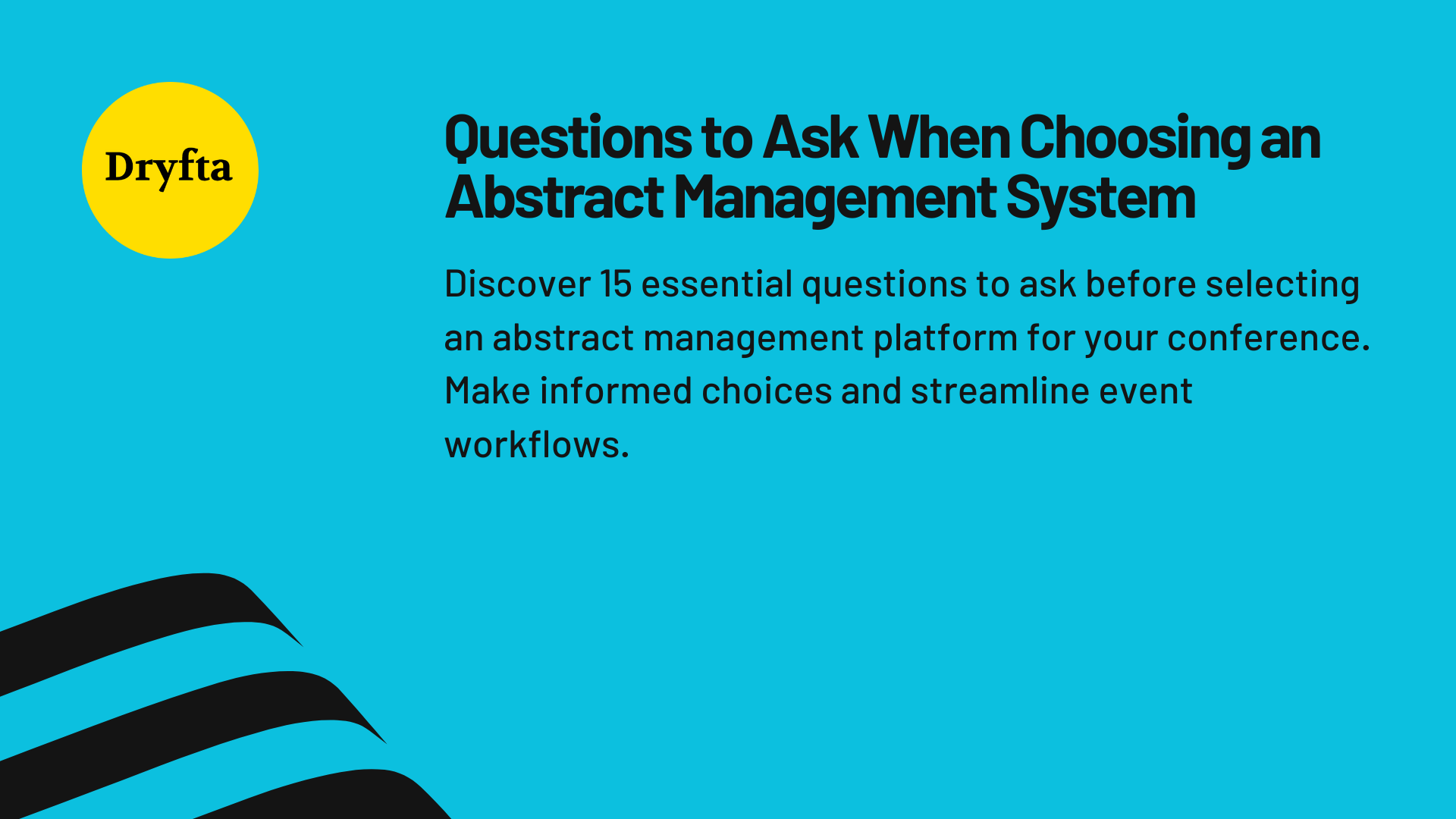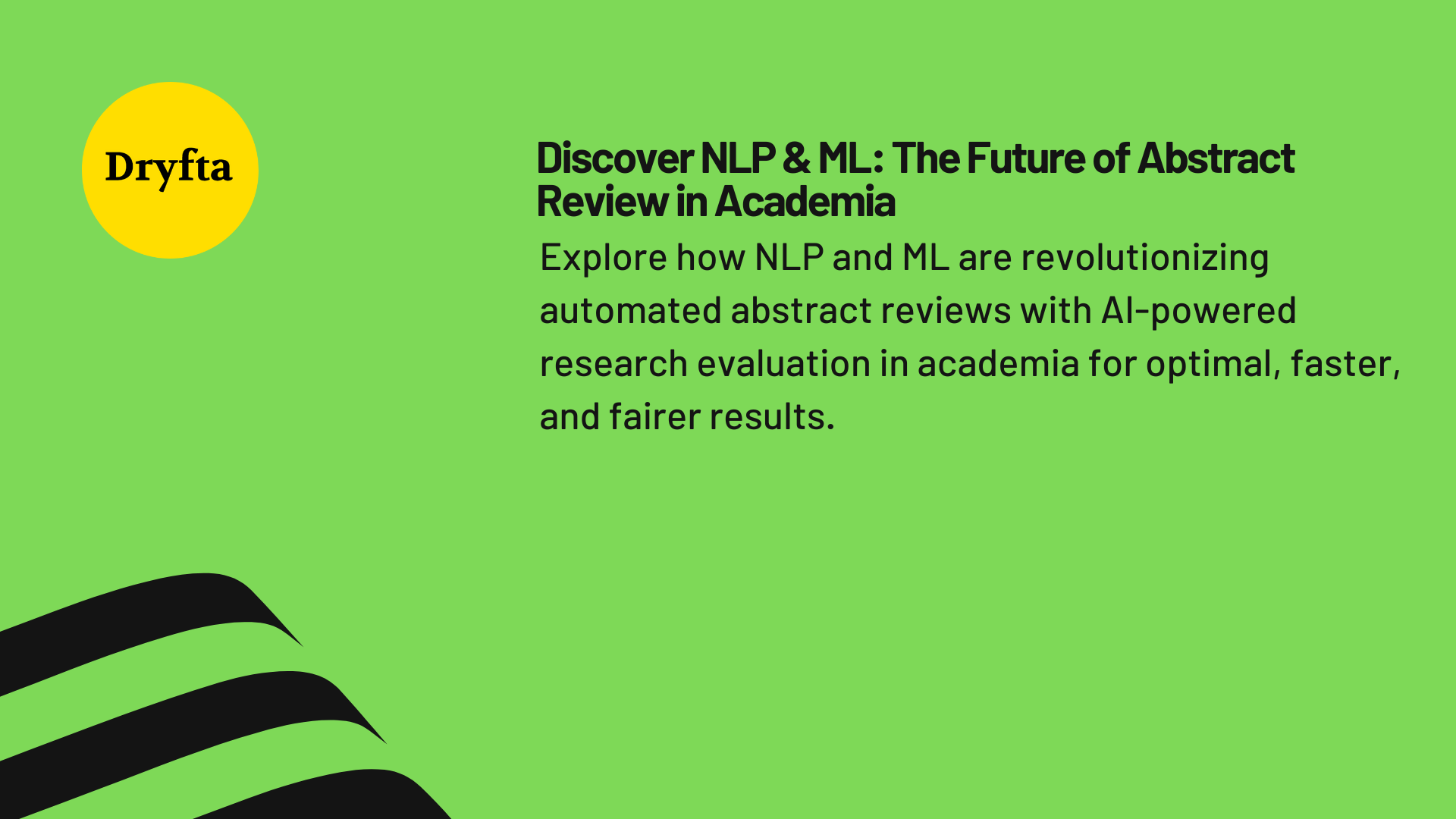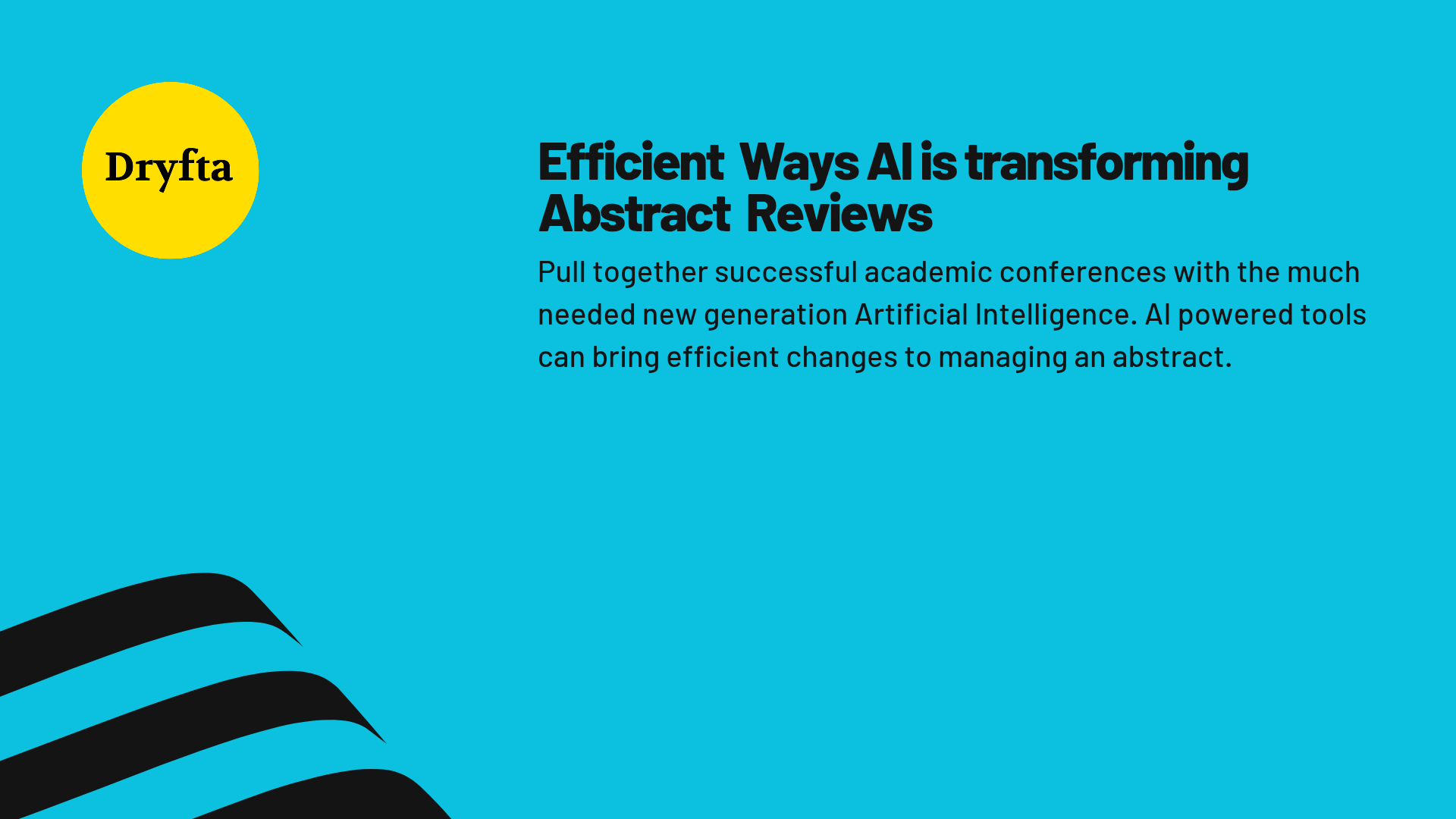
In only the last few decades, the academic and research world has managed to pull off an almost impossible feat. Formerly reliant on paper-based systems and manual processes, abstract management has now carved a mark for itself in the digital era. All thanks to modern cloud technology and its integration into conference planning systems.






